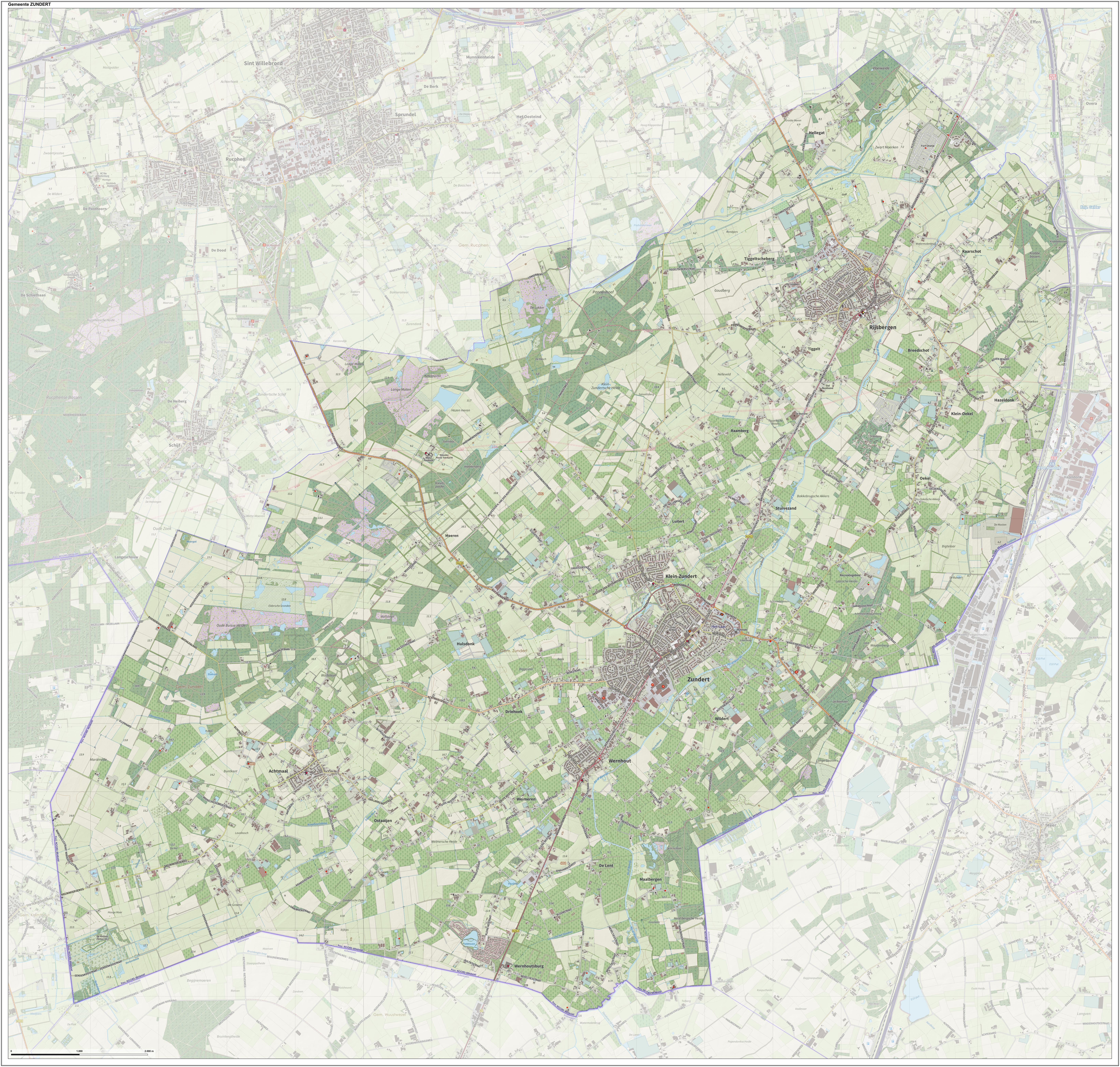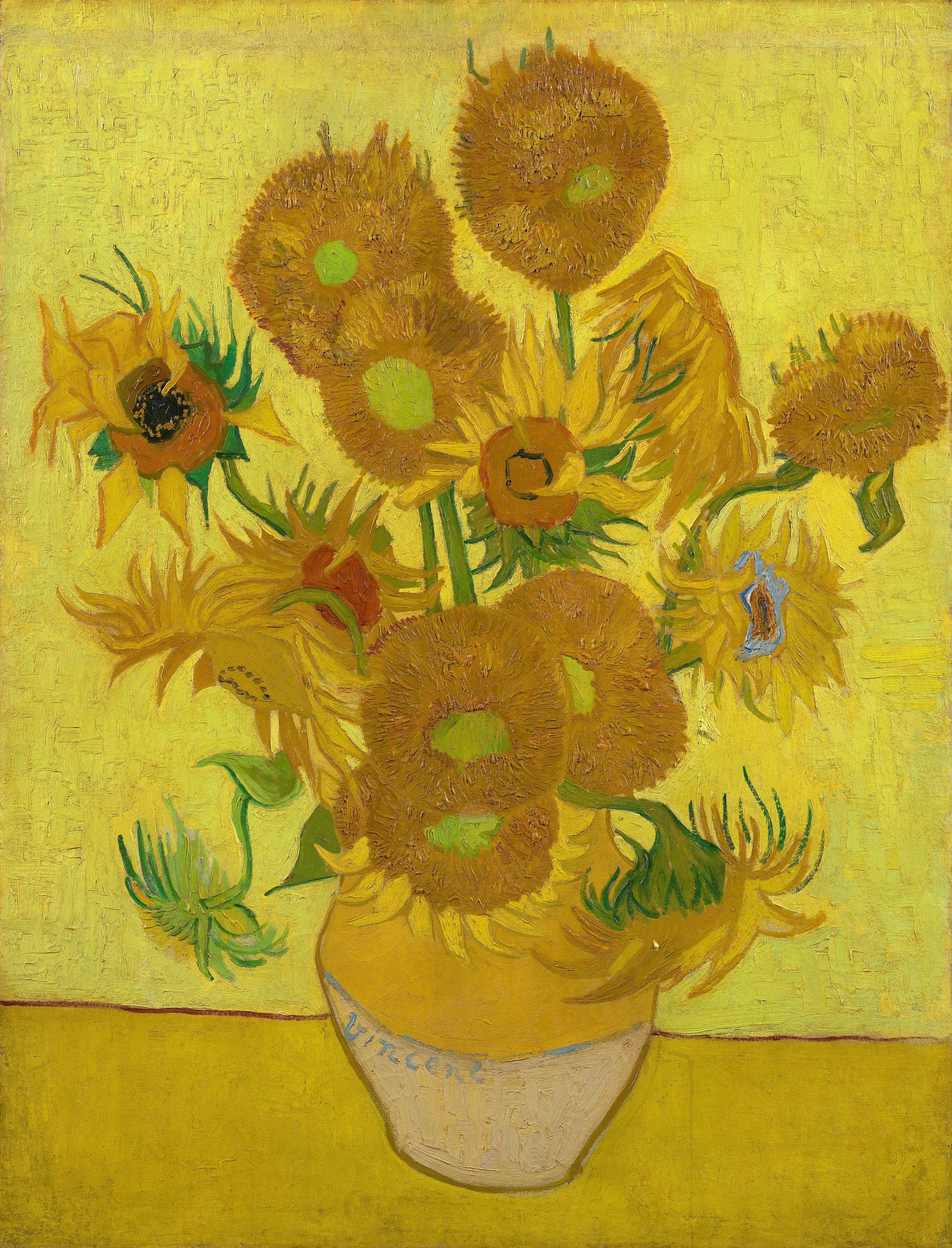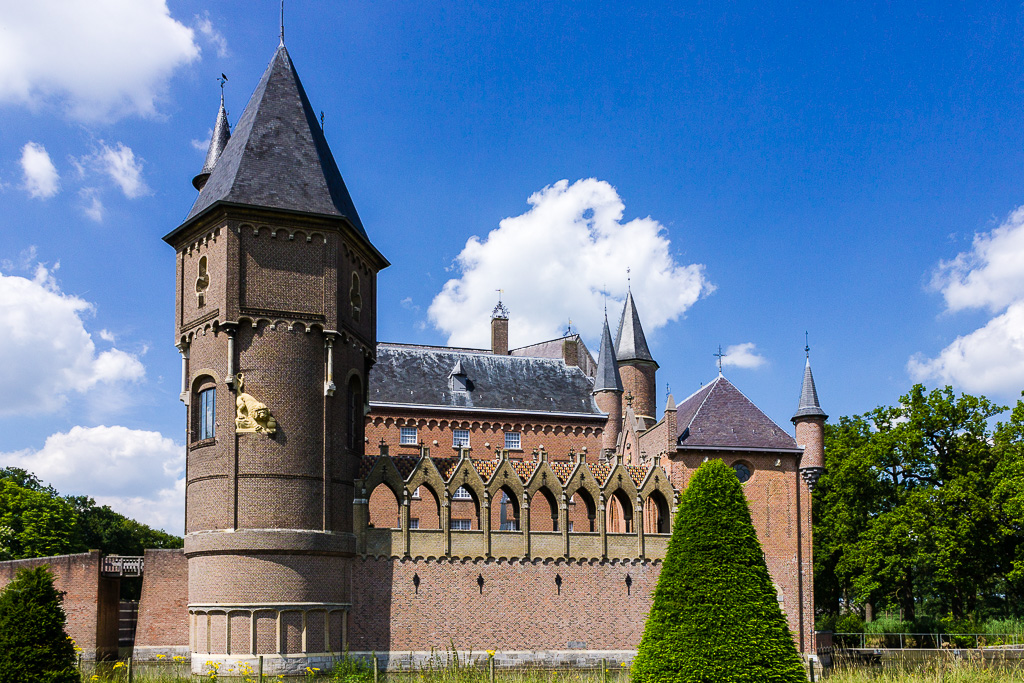|
Zundert
Zundert () is a municipality and town in the south of the Netherlands bordering Belgium, in the province of North Brabant. Zundert is the birthplace of post-impressionist painter Vincent van Gogh. History The name of Zundert is first mentioned in a certificate dating from 1157, in which the Bishop of Liege confirms a donation from the place "Sunderda". This Sunderda actually relates to the current settlement of Klein-Zundert (Dutch for Small Zundert), one of the first settlements in the area. The local monks, besides their religious labour, were also involved in clearing the land, that was still rough territory, filled with swamps, peats and heath fields. The monks also assisted in improving agricultural methods. Zundert is still surrounded by a rural environment with nature areas, one of them is the "Buissche Heide", a heath area used for recreation and walking. The Kalmthoutse Heide, across the border with Belgium, is also in the vicinity. During the Second World War Zun ... [...More Info...] [...Related Items...] OR: [Wikipedia] [Google] [Baidu] |
Vincent Van Gogh
Vincent Willem van Gogh (; 30 March 185329 July 1890) was a Dutch Post-Impressionist painter who posthumously became one of the most famous and influential figures in Western art history. In a decade, he created about 2,100 artworks, including around 860 oil paintings, most of which date from the last two years of his life. They include landscapes, still lifes, portraits and self-portraits, and are characterised by bold colours and dramatic, impulsive and expressive brushwork that contributed to the foundations of modern art. Not commercially successful, he struggled with severe depression and poverty, eventually leading to his suicide at age thirty-seven. Born into an upper-middle class family, Van Gogh drew as a child and was serious, quiet, and thoughtful. As a young man, he worked as an art dealer, often traveling, but became depressed after he was transferred to London. He turned to religion and spent time as a Protestant missionary in southern Belgium. He drif ... [...More Info...] [...Related Items...] OR: [Wikipedia] [Google] [Baidu] |
Rijsbergen
Rijsbergen a town in the municipality of Zundert in the southern Netherlands. In the town used to be an AC (Aanmeldcentrum, i.e. Refugee, Asylum Request Center). Until 1997 Rijsbergen was an independent municipality, after which it was added to Zundert. The skyline of Rijsbergen is dominated by the Gothic Revival architecture, neo-Gothic Roman Catholic Church, Roman Catholic church of Bavo, Saint Bavo, which was built in 1918 as a replacement of a smaller fourteenth-century church. The church is situated in the town centre and is flanked by the former town hall, which has been transformed into a museum. Furthermore, in the outskirts of Rijsbergen a successful Garden Centre can be found named: "De Bosrand". A deeply loved place by the locals. The countryside around Rijsbergen is dotted with eleven shrines devoted to the Virgin Mary. They were built after the Second World War as a thanksgiving for surviving the war relatively undamaged. Gallery File:Rijsbergen P1030539.JPG, B ... [...More Info...] [...Related Items...] OR: [Wikipedia] [Google] [Baidu] |
North Brabant
North Brabant ( nl, Noord-Brabant ; Brabantian: ; ), also unofficially called Brabant, is a province in the south of the Netherlands. It borders the provinces of South Holland and Gelderland to the north, Limburg to the east, Zeeland to the west, and the Flemish provinces of Antwerp and Limburg to the south. The northern border follows the Meuse westward to its mouth in the Hollands Diep strait, part of the Rhine–Meuse–Scheldt delta. North Brabant has a population of 2,562,566 as of November 2019. Major cities in North Brabant are Eindhoven (pop. 231,642), Tilburg (pop. 217,259), Breda (pop. 183,873) and its provincial capital 's-Hertogenbosch (pop. 154,205). History The Duchy of Brabant was a state of the Holy Roman Empire established in 1183 or 1190. It developed from the Landgraviate of Brabant and formed the heart of the historic Low Countries, part of the Burgundian Netherlands from 1430 and of the Habsburg Netherlands from 1482, until it was spl ... [...More Info...] [...Related Items...] OR: [Wikipedia] [Google] [Baidu] |
Achtmaal
Achtmaal is a village the south of the Netherlands. It is located in Zundert, North Brabant, near the border with Belgium. History The village was first mentioned in 1294 as "Gilberti de Achtmale", and is a combination of "reserved forest" and "court of justice". Achtmaal was home to 100 people in 1840. The St Cornelius Church was built in 1863. During World War II, the United States Army 104th Infantry Division, 415th Infantry Regiment, liberated Achtmaal. Operation Pheasant Operation Pheasant, also known as the Liberation of North Brabant, was a major operation to clear German troops from the province of North Brabant in the Netherlands during the fighting on the Western Front in the Second World War. This offensive ... (code-name "Suitcase") started on the morning of Friday 20 October 1944 just after 7:00am. On 27 October 1944 the 3rd Battalion of the 415th Infantry entered the village and Lieutenant Colonel Kelleher was handed papers by the Dutch resistance. They pro ... [...More Info...] [...Related Items...] OR: [Wikipedia] [Google] [Baidu] |
104th Infantry Division (United States)
The 104th Infantry Division was an infantry division of the United States Army. Today, it is known as the 104th Training Division (Leader Training) and based at Fort Lewis, Washington, as a training unit of the United States Army Reserve. Activated in 1921 and deployed during World War II, the division saw almost 200 days of fighting in northwestern Europe as it fought through France, Netherlands, Belgium, and western Germany, fighting back several fierce German counterattacks as it advanced through the theater throughout late 1944 and 1945. This was the only combat duty that the 104th Infantry Division has served during its history. At the end of the fighting on 7 May 1945 (V-E Day), this division was in central Germany opposite the troops of its allies from the Soviet Army. After World War II, this division was reorganized primarily as a training division for Reserve forces. After several decades, the division then expanded its role to conducting entry-level training for s ... [...More Info...] [...Related Items...] OR: [Wikipedia] [Google] [Baidu] |
|




